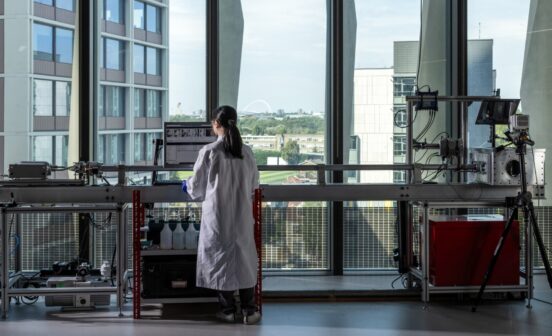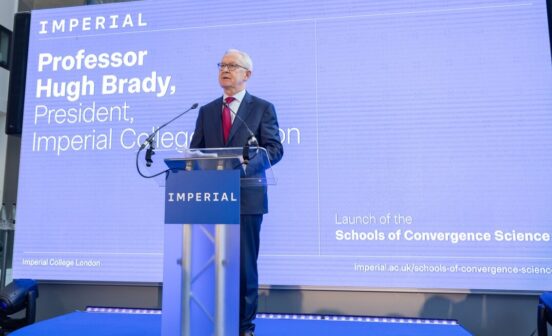Diagnostic A Pilot Study Successfully Identified Endometrial Cancer using iKnife in Less than Two Seconds
In the European Union over 120,000 patients are diagnosed each year with the most common gynaecological cancer- Endometrial cancer, with no available point-of-care (POC) diagnosis. The current diagnosis process takes between one and two weeks and this delay has been proven to be negatively associated with the survival rate of patients.
To address this gap in the POC diagnosis of Endometrial cancer, researchers from Imperial College London and University Hospital Southampton designed a pilot study to test if the Rapid Evaporative Ionisation Mass Spectrometry (REIMS), also known as surgical intelligent knife or iKnife could be used for the purpose. iKnife technology is currently in use to successfully diagnose other cancers in the lungs, liver and colon.
This was the first study to use the iKnife to identify cancer in endometrial Pipelle biopsy samples. This single-centre clinical trial was performed at the Imperial College Healthcare NHS Trust. The study participants included only patients who had a clinical indication for a Pipelle biopsy and a total of 144 endometrial Pipelle samples were collected. The dataset was analysed by creating three models- i) sampling of the tissue using the conventional diathermy iKnife, ii) using the CO2 laser iKnife and iii) comparing normal tissue to type 1 endometrial cancer samples only. The results showed a diagnostic accuracy of 89% in 1.8 seconds. Additionally, the iKnife (both CO2 and diathermy) provided information about the phospholipid constitution of cancer versus normal cells. Scientists have drawn attention to the fact that larger datasets and uniformity in sample conditions will further improve diagnostic accuracy.
The high accuracy of the results, distinguishing normal from malignant tissue based on differences in lipidomic profiles, and nearly instantaneous diagnosis of the iKnife is a success in this area of research and patient care as this can improve the survival rate drastically by diminishing the current delays.





